As someone who enjoys uncovering hidden treasures beneath the surface, I can’t help but think of Arizona as a rockhound’s paradise. The vast desert landscapes hold secrets waiting to be discovered, but knowing where to start can be overwhelming.
However, with the right guidance and a trusty map in hand, navigating the world of Arizona rockhounding becomes not just manageable, but truly rewarding.
So, let’s begin this journey together and unearth the wonders that Arizona’s rocky terrain has to offer.
Best Rockhounding Locations in Arizona
When I explore Arizona for the best rockhounding locations, I always head to the vast and diverse landscapes that offer a treasure trove of unique rocks and minerals. Arizona is renowned for its rockhounding hotspots, where enthusiasts like myself can uncover a variety of Arizona treasures. One such hotspot is the Petrified Forest National Park, a mesmerizing location filled with colorful petrified wood that dates back millions of years. The park’s Rainbow Forest, Crystal Forest, and Giant Logs areas are must-visits for any rockhound.
Another favorite spot of mine is the Superstition Mountains, rumored to hold the legendary Lost Dutchman’s Gold Mine but also home to a rich assortment of minerals like jasper, obsidian, and agate waiting to be discovered. The Verde Valley, with its Verde River offering a mix of sedimentary, volcanic, and metamorphic rocks, is another top pick for rockhounding adventures in Arizona. These locations showcase the state’s geological wonders and make each rockhounding excursion a thrilling and rewarding experience.
Essential Equipment for Rockhounding
When rockhounding in Arizona, you’ll need to pack essential equipment like rock hammers, chisels, and shovels to unearth treasures. Safety gear such as gloves, eye protection, and sturdy footwear is crucial for a successful and safe rockhounding experience.
Additionally, having useful field guides on hand can help you identify different rocks and minerals you come across.
Tools for Rockhounding
Carrying the essential equipment for rockhounding is crucial for a successful and enjoyable experience in the field. When out hunting for rocks, it’s important to have tools like a rock hammer, chisels, gloves, and safety goggles. These tools aid in extracting specimens and conducting rock identification techniques.
Additionally, having a field guide can help in identifying different rocks and minerals. After collecting specimens, proper cleaning methods should be employed to preserve the rocks’ natural beauty. It’s also vital to adhere to rockhounding ethics and sustainable collecting practices.
Always respect private property, obtain necessary permits, and leave the environment as you found it to ensure the hobby remains enjoyable for future enthusiasts.
Safety Gear Needed
Having the necessary safety gear for rockhounding is essential to ensure a successful and safe experience in the field. Safety precautions are crucial when exploring rugged terrains and handling tools. Protective clothing and equipment such as sturdy boots, gloves, safety goggles, and a hard hat can shield you from potential hazards like sharp rocks, falling debris, or dust particles.
It’s vital to dress appropriately for the weather conditions to prevent sunburn, dehydration, or hypothermia. Carrying a first aid kit is also a smart practice in case of minor injuries. Being prepared with the right safety gear not only enhances your rockhounding experience but also protects you from accidents that can occur while exploring Arizona’s diverse geological treasures.
Useful Field Guides
Exploring Arizona’s rockhounding locations with a reliable field guide is an essential tool for identifying minerals and enhancing your collecting experience.
When searching for fossils, a field guide specific to paleontology can help distinguish between various types of fossils and provide valuable information on their origins.
For gem hunting, having a guide that showcases different gemstones and their characteristics is crucial for recognizing precious stones amidst the rocks.
Field guides often include maps, descriptions, and photographs, aiding in the identification process and ensuring that you make the most of your rockhounding adventures.
With the right field guide in hand, you can confidently navigate Arizona’s diverse landscapes and uncover hidden treasures with ease.
Safety Tips for Rockhounding Adventures
When heading out on rockhounding trips in Arizona, it’s crucial to pack the right gear and equipment, be aware of area regulations, and always prepare for emergencies. These key points will ensure a safe and enjoyable rockhounding experience in the diverse landscapes of Arizona.
Remembering these aspects can make a significant difference in the success and safety of your rockhounding adventures.
Gear and Equipment
Proper gear and equipment are essential for a safe and successful rockhounding adventure. When embarking on a rockhounding trip, ensuring that your gear is well-maintained is crucial. Check your tools, such as rock hammers and chisels, for any signs of wear and tear before setting out. Keeping your gear in top condition not only enhances your safety but also ensures efficiency during your exploration.
Additionally, wearing appropriate rockhounding attire is important. Sturdy boots with good ankle support can prevent injuries on uneven terrain, while durable gloves protect your hands from sharp rocks. Dressing in layers is advisable for fluctuating desert temperatures.
Area Regulations
Ensuring compliance with area regulations is vital for a safe and enjoyable rockhounding adventure in Arizona. Before heading out, check for permit requirements and understand collecting rules in the specific locations you plan to explore.
Some areas may have restrictions on the types or quantities of rocks you can take. Additionally, be mindful of land access and respect private property restrictions. Always seek permission before entering private lands to avoid legal issues and ensure a positive relationship with landowners.
Emergency Preparedness
Staying prepared for emergencies is crucial during rockhounding adventures in Arizona. When heading out, ensure to pack essential supplies such as water, food, first aid kit, and emergency blankets. Knowing the shelter options in the area is vital; caves, overhangs, or even tents can provide protection if needed.
It’s wise to have an evacuation plan in place, including familiarizing yourself with evacuation routes in case of unexpected events. Additionally, establishing a communication plan with a designated contact person can be a lifesaver.
Before embarking on your rockhounding journey, double-check your supplies checklist, review the shelter options available, map out evacuation routes, and confirm your communication plan. Being prepared can make all the difference in ensuring a safe and enjoyable rockhounding experience in Arizona.
How to Identify Common Arizona Rocks
As a beginner rockhound in Arizona, I find that learning to identify common rocks in the region can be an exciting and rewarding experience. To distinguish between different rocks, it’s important to look for identifying characteristics and understand the rock formations present in Arizona.
One of the most common rocks you may encounter is sandstone, which typically appears in layers and has a grainy texture. Sandstone often comes in various colors such as red, tan, or yellow, depending on the mineral content present when it formed. Another prevalent rock type is limestone, which is often light in color and can contain fossilized remains due to its formation from marine sediments.
When examining rocks, pay attention to their texture, color, and any visible layers or patterns. Quartzite is another rock commonly found in Arizona, recognized by its glassy appearance and hardness. By familiarizing yourself with these identifying features and learning about the rock formations in the area, you can enhance your rockhounding experience and better appreciate the geological diversity of Arizona.
Top Spots for Finding Minerals in Arizona
Having familiarized myself with the identifying characteristics of common Arizona rocks, I’m eager to explore the top spots for finding minerals in the state.
Gemstone hunting in Arizona is a thrilling adventure that can lead to discovering precious stones like turquoise, fire agate, and peridot.
One of the prime locations for gemstone hunting is the Little Outfit Mine in the Mineral Mountains, known for its fire agate specimens.
Mineral identification becomes an exciting challenge when exploring the famous Ray Mine in Pinal County, where you can find copper minerals such as azurite and malachite.
For those interested in a variety of minerals, the Rowley Mine in the Silver District offers opportunities to discover galena, sphalerite, and chalcopyrite.
Arizona’s diverse landscape provides a rich playground for rockhounds seeking to uncover the hidden treasures beneath its surface.
Rockhounding Laws and Regulations in Arizona
Exploring the guidelines and restrictions for rockhounding in Arizona provides valuable insights for enthusiasts seeking to responsibly collect minerals within the state. When it comes to rockhounding laws and regulations in Arizona, understanding permit requirements and collecting restrictions is crucial. Individuals engaging in rockhounding activities on public lands must often obtain permits from the appropriate authorities. These permits help regulate the collection of minerals to ensure sustainability and protection of the environment.
Moreover, it’s essential to be aware of land ownership when rockhounding in Arizona. Different rules may apply depending on whether you’re on public lands managed by federal agencies like the Bureau of Land Management or on private property. Respect for land ownership rights is paramount to avoid legal issues while rockhounding.
Collecting restrictions in certain areas aim to preserve natural habitats and prevent depletion of mineral resources. By adhering to these regulations, rockhounding enthusiasts can enjoy their hobby while contributing to the conservation of Arizona’s diverse geological treasures.
Tips for Successful Rockhounding Trips
Understanding the importance of adhering to collecting regulations and respecting land ownership is key to planning successful rockhounding trips in Arizona. When preparing for a rockhounding adventure, packing essentials is crucial. Make sure to carry a rock hammer, chisels, gloves, safety glasses, a magnifying glass, a geology guidebook, plenty of water, snacks, sunscreen, and a first aid kit. These items will ensure you’re well-equipped for a safe and enjoyable experience.
To maximize your findings, research and plan your trip by locating minerals in specific areas known for their geological diversity. Utilize online resources, guidebooks, and local rockhounding clubs to identify prime locations where various minerals can be found. Once on-site, explore different terrains such as deserts, mountains, and riverbeds to increase your chances of discovering unique specimens. By combining proper preparation with strategic mineral hunting, you can enhance the success and enjoyment of your rockhounding trips in Arizona.
Arizona Rockhounding Etiquette Guide
Before embarking on a rockhounding expedition in Arizona, it’s essential to familiarize oneself with the proper etiquette guidelines to ensure a respectful and sustainable experience for all enthusiasts.
When rockhounding in Arizona, it’s crucial to follow some etiquette reminders to protect the environment and maintain a positive relationship with landowners and fellow rockhounds.
Firstly, always obtain permission before entering private property to collect rocks. Respecting landowners’ rights ensures that rockhounding locations remain accessible to all.
Secondly, leave no trace by cleaning up after yourself and avoiding any damage to the environment or rock formations. Additionally, it’s advisable to research and follow location suggestions provided by rockhounding clubs or organizations to ensure you’re collecting in approved areas.
Creating a Rockhounding Itinerary in Arizona
Having learned about the importance of rockhounding etiquette in Arizona, my next step is to craft a detailed itinerary to explore various rockhounding locations throughout the state. Route planning plays a crucial role in maximizing the gem hunting and fossil digging experience.
I’ll start by mapping out the locations I wish to visit, considering factors like proximity, terrain, and accessibility. Time management is key to ensure I make the most of each location without feeling rushed. It’s essential to allocate sufficient time at each site to thoroughly explore and collect specimens.
To create an efficient itinerary, I’ll categorize locations based on the type of rocks, minerals, or fossils they offer. This will help me prioritize and plan my route accordingly. Additionally, I’ll research each site’s regulations and any necessary permits beforehand to avoid any last-minute complications.
Frequently Asked Questions
Can I Bring My Pets With Me While Rockhounding in Arizona?
Yes, I can bring my pets while rockhounding in Arizona. I need to check for pet-friendly accommodations and consider pet safety. It’s important to be mindful of regulations and potential hazards to ensure a safe and enjoyable experience.
Are There Any Specific Restrictions on Collecting Fossils in Arizona?
When collecting fossils in Arizona, it’s important to follow fossil regulations and ethical practices. Some areas have protected status and restrictions on fossil collecting. Always respect the rules in place to preserve these natural treasures.
What Is the Best Time of Year to Go Rockhounding in Arizona?
I find that the best time to go rockhounding in Arizona is during the cooler months when the weather is more tolerable. The ideal weather makes it easier to explore and enjoy the hunt for treasures.
Are There Any Hidden Gems or Lesser-Known Rockhounding Locations in Arizona Worth Exploring?
Exploring Arizona’s lesser-known rockhounding spots can lead to hidden gems. Off-grid camping allows for immersive experiences, while geode hunting opportunities provide exciting discoveries. Venturing off the beaten path often reveals nature’s precious gifts.
Can I Camp Overnight at Any of the Rockhounding Locations in Arizona?
Yes, I can camp overnight at certain rockhounding locations in Arizona. It’s essential to check camping regulations and obtain permits. Safety is crucial, and being aware of potential wildlife encounters is necessary when staying overnight.
Conclusion
I hope this Arizona rockhounding guide helps you discover some amazing treasures in the desert!
Remember to always respect the land and follow the laws and regulations in place to protect these natural resources.
With the right equipment, knowledge, and safety precautions, your rockhounding adventures in Arizona are sure to be a success.
Happy hunting!
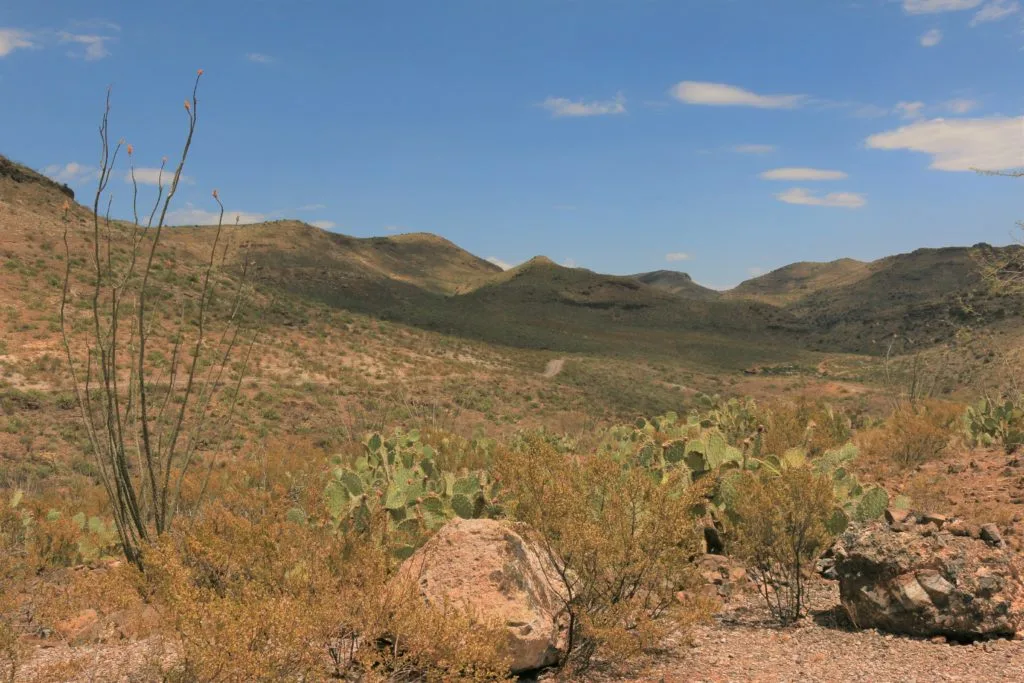
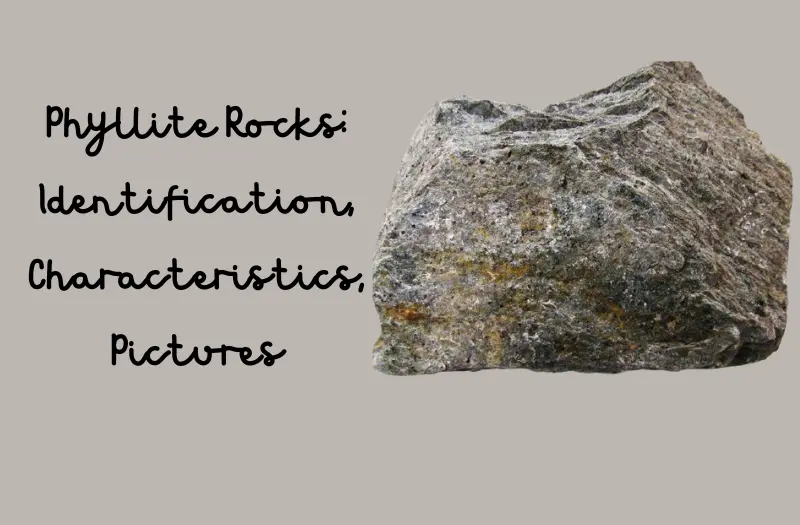
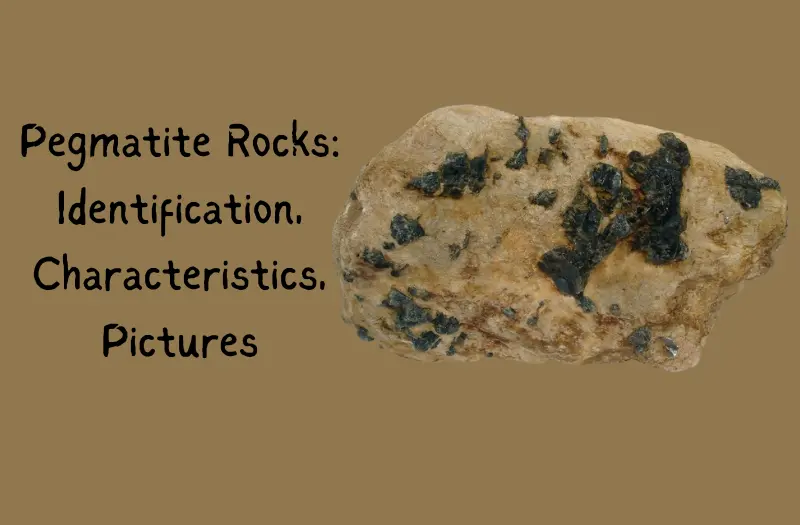
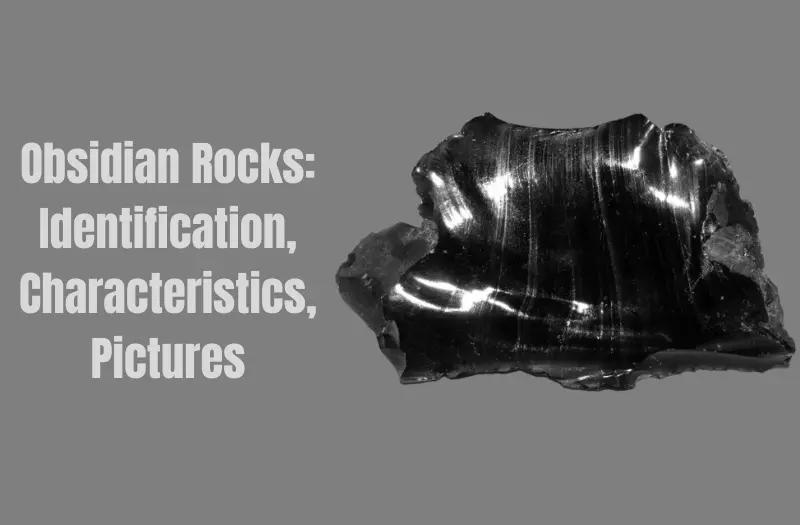
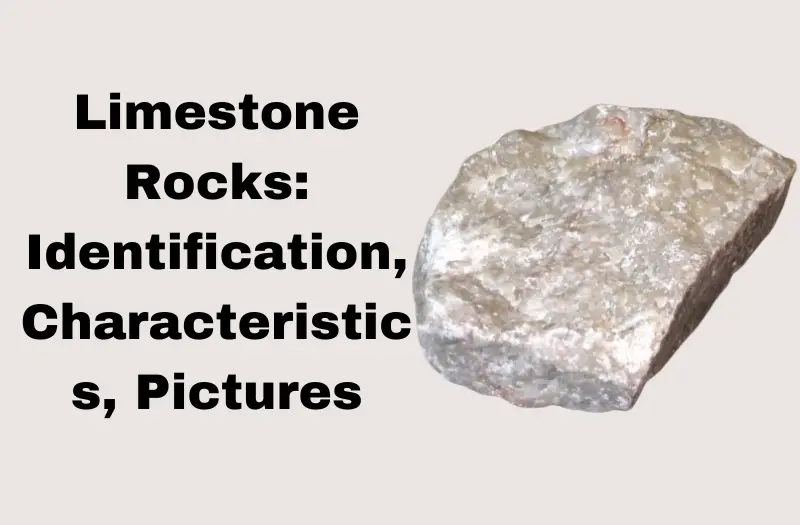
Leave a Reply